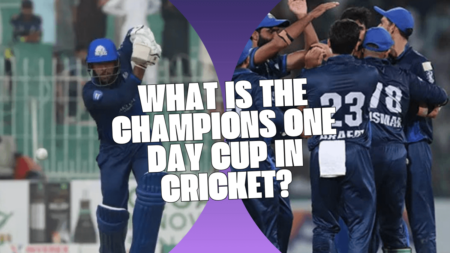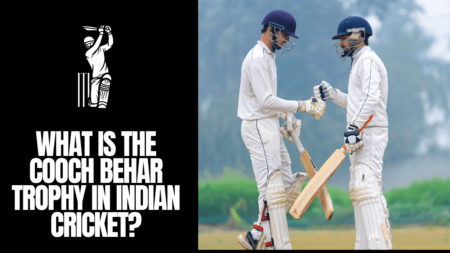

This glossary is first of the three-part series that is related to tennis.
Nearly 150 years ago the game of tennis was first played and since then right from the string of the racquets and the felt of the tennis balls to the court dimensions, style of play and the technology of the 21st century, the game has evolved into one of the most globally accepted sports. Even today, tennis pundits and players contribute to the evolution of tennis by the ingenious minds.
In any sport even the most basic aspect has a name. Yet, many gurus of the game fail to co-relate a terminology with its action. Here are a few such terms that are vital to the sport and an eye opener for a player.

Closed and Open Stance
Closed stance refers to the position of the server, such that he/she stands such that the player’s body is parallel to the baseline and his/her back faces the opponent. This technique is rarely used now a days. Open stance differs from closed stance such that the server’s body is facing the opponent.
Dead Net
Dead Net is a terminology that we all are well acquainted with. It brings out an emotion of both joy and frustration depending upon whom we are supporting in the match. The dead net is that scenario in the match where the ball hits the net cord and drops marginally inside the opponent’s end of the court thereby allowing the player to luckily win a point with some aid of the net cord.
Hacker
No, hacker in tennis does not refer to a person breaking into the cyber networks of IBM. Hacker is a tag given to a tennis player whose game style is extremely rusty. What appears to be an intentional shot is actually a fluke shot that goes in his/her favor.
Knock-up
Knock-up is a synonymous term given to the warm-up that players do just before the match begins.
Percentage Tennis
Percentage tennis is an inherent mode of play of the player who believes in rallying more than going for winners. The player waits for the opponent to commit an error rather than finishing of the point dominantly.
Satellite
When a junior player’s level of game is rated as ‘Intermediate,’ the player is said to be a satellite player. Satellite players are usually seen competing in national level events.
Stopper
A player who is good enough to upset a seeded player but is not too good to win the tournament is called a stopper. The term is given as the player “stops” a seeded player from going deep into the draw.
Spank
A flat groundstroke that has a lot of pace in it is known as a spank.
Tennis Bubble
A tennis bubble is a court facility in which the roof is closed in the shape of a dome. The entire internal environment of the facility is supported by the air pressure created by the blowers inside the structure.
Trampolining
A high velocity shot that occurs when a loosely strung racquet is used to hit a flat groundstroke. The tension of the strings is what differs a spank from a trampoline.
Twist Serve
The twist serve or the American twist serve is a difficult serve to execute. In a twist serve, the server hits the ball with a combination of slice and topspin. Once the ball leaves the racquet, the ball curves and bounces high after landing in the opponent’s side of the court. The direction of the ball after the bounce is opposite to that of the curving trajectory.




